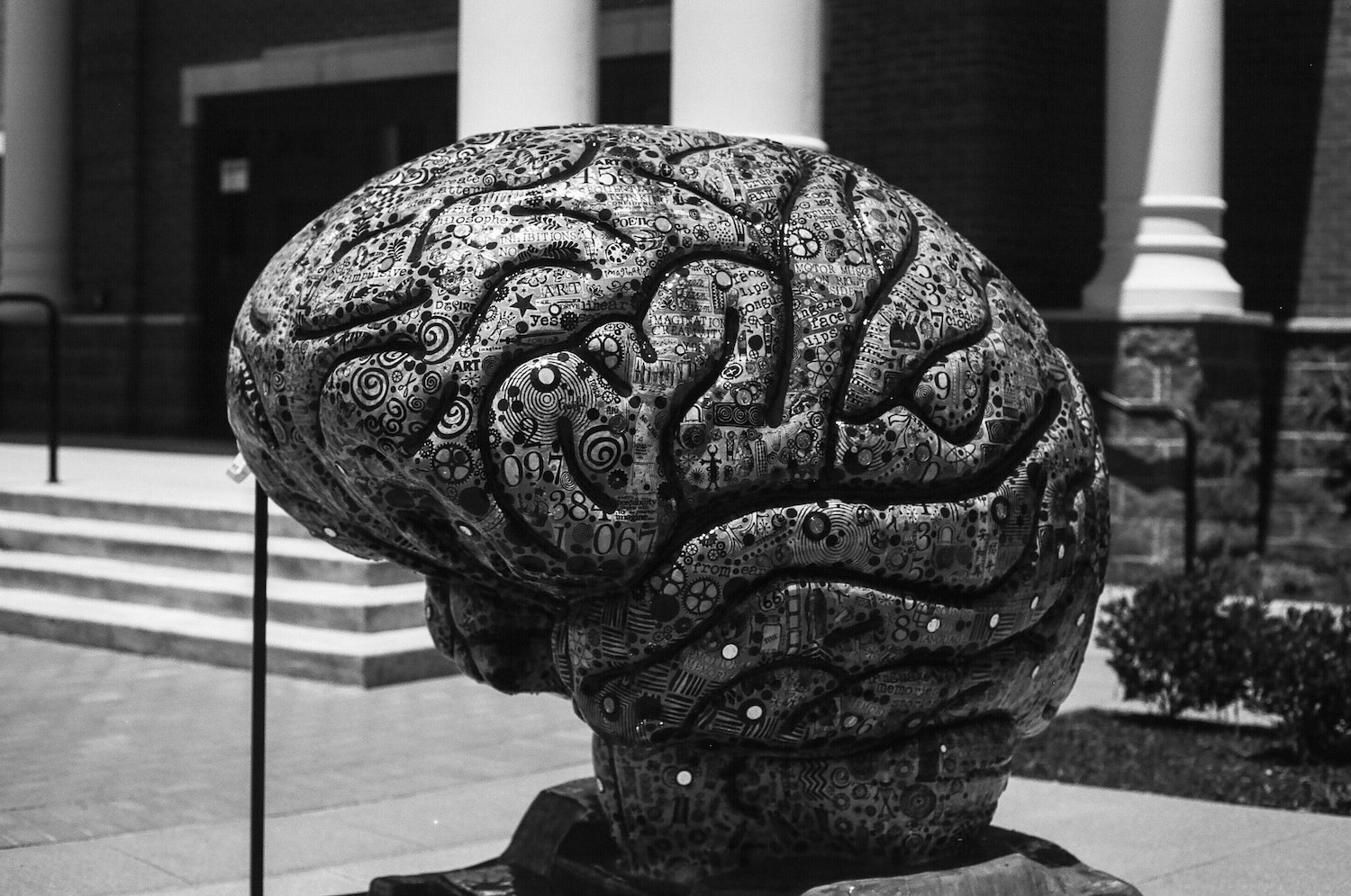 Neurobiology
Neurobiology
The Lego bricks of the brain
The neocortex is the largest part of our brain and plays central roles in perception, body control, thoughts, and memory. We found that the neocortex contains small elementary circuits that repeat, just like modules in a supercomputer. These 'microcolumns' may be basic processing units of the neocortex.

A supercomputer is made up of millions of repeating modules. Our recent study found that the brain is made up of repeating microcircuits. This intriguing similarity may explain how brains are built to efficiently handle diverse tasks, with "microcolumns" that act like the Lego bricks of the brain.
The neocortex is the largest part of the human brain, composed of about ten billion information processing cells called neurons. Despite a century of research on the neocortex, its architecture is still far from clear. One of the remaining fundamental questions is whether neocortical neurons form massively repeated modules similar to supercomputers. A related question is whether such a hypothetical repeated structure is the same across cortical areas with such different functions are processing vision or hearing or making decisions or storing memories. If such a module does exist, it would represent a "holy grail" for how the complex neocortex functions so beautifully.
More than half a century ago, pioneering neuroscientists Hubel and Wiesel found that neurons that respond to the same visual input align perpendicularly to the brain surface. These "cortical columns" are present in the brains of cats, monkeys and humans, and researchers thought that they might be repeating modules of the neocortex. What is going on inside these columns, however, remained a mystery, and we also don't know if columns are a universal feature across the brains of other mammalian species, or even in brain areas that don't process vision.
In our search for a brain-wide module, like the repeating modules in supercomputers, we think we have now hit on something previously overlooked. In the mouse brain, we found a structure that repeats thousands of times across many cortical areas. These "microcolumns" each contain about 10 neurons and are only one or two neurons wide, and organize into a hexagonal lattice-like architecture. Neurons in each microcolumn had similar connection patterns and exhibited synchronized activity, which suggests to us that they are modular and conveying very specific information.
This sounds simple, but involved painstaking work over more than 10 years! We essentially made microscopic maps of lots and lots of mouse brain samples, first by making them transparent using chemical processes and then recording the positions of all the neurons by cell type.
Our observations of this brain architecture strongly suggest that repeated arrays of microcolumns underlie diverse brain functions. What's more, understanding just one of these modules could greatly enhance our appreciation and grasp of how the brain as a whole operates. We can also test different theoretical models of repeated modular circuits to see how they work and how closely they resemble the brain.
Building a brain is not as simple as sticking some Legos together or plugging in some computer chips, but we think we are getting closer!
Acknowledgments: the author thanks Amanda Alvarez (@neuroamanda) for thoughtful discussions and manuscript editing.
Original Article:
H. Maruoka et al., Lattice system of functionally distinct cell types in the neocortex. Science 358, 610-615 (2017)Next read: Our internal fight against loneliness by Gillian Matthews
Edited by:
Massimo Caine , Founder and Director
We thought you might like
Gotta recognize ‘em all! Using Pokémon to understand brain development
Nov 19, 2019 in Neurobiology | 3.5 min read by Jesse GomezHacking the tryptophan metabolic process to reduce neurodegeneration
Apr 25, 2017 in Health & Physiology | 3 min read by Carlo BredaHow to print a brain - the initial steps
Nov 8, 2016 in Maths, Physics & Chemistry | 3.5 min read by Nieves CuboMore from Neurobiology
New, smaller-than-ever devices to help us understand how our brain works from the inside
Nov 8, 2024 in Neurobiology | 4 min read by Filippo DonatiCan we use a magnet to see brain inflammation?
Sep 25, 2023 in Neurobiology | 4 min read by Raquel Garcia-Hernandez , Santiago Canals , Silvia de SantisSurprising Behavior Changes in Genetically Modified Syrian Hamsters
Aug 30, 2023 in Neurobiology | 4 min read by Susan Lee , Kim Huhman , Jack TaylorTo achieve goals, we definitively need our neurons
Mar 10, 2023 in Neurobiology | 3.5 min read by Julien CourtinThe Impact of SARS-CoV-2 on the Brain: It Is All in Your Head
Feb 15, 2023 in Neurobiology | 3.5 min read by Meredith G. Mayer , Tracy FischerEditor's picks
Trending now
Popular topics


